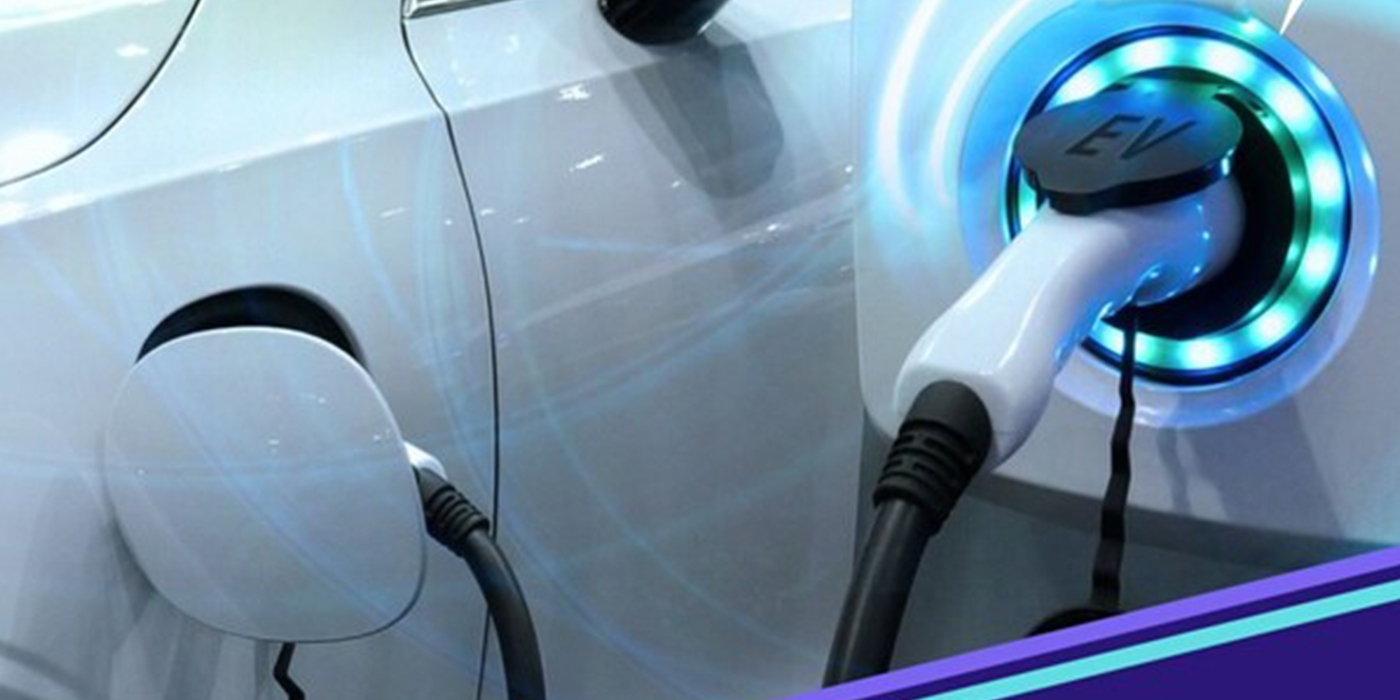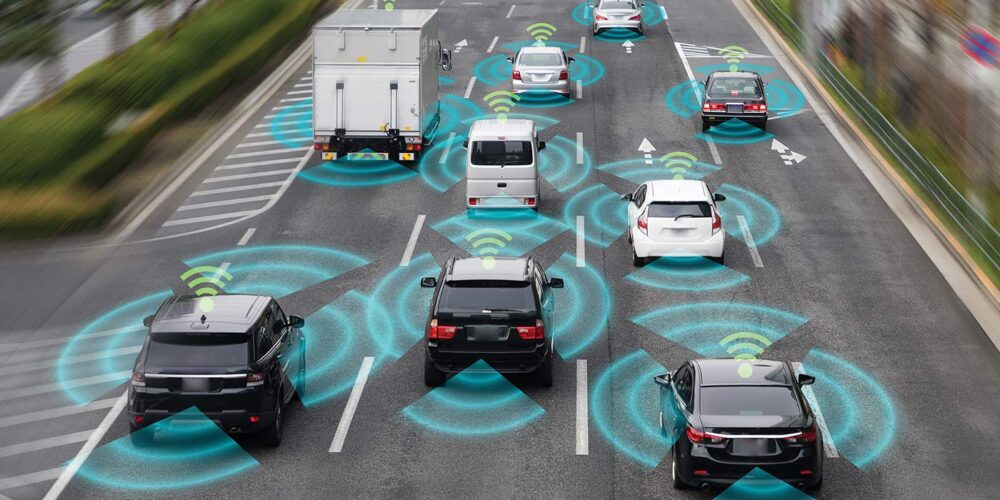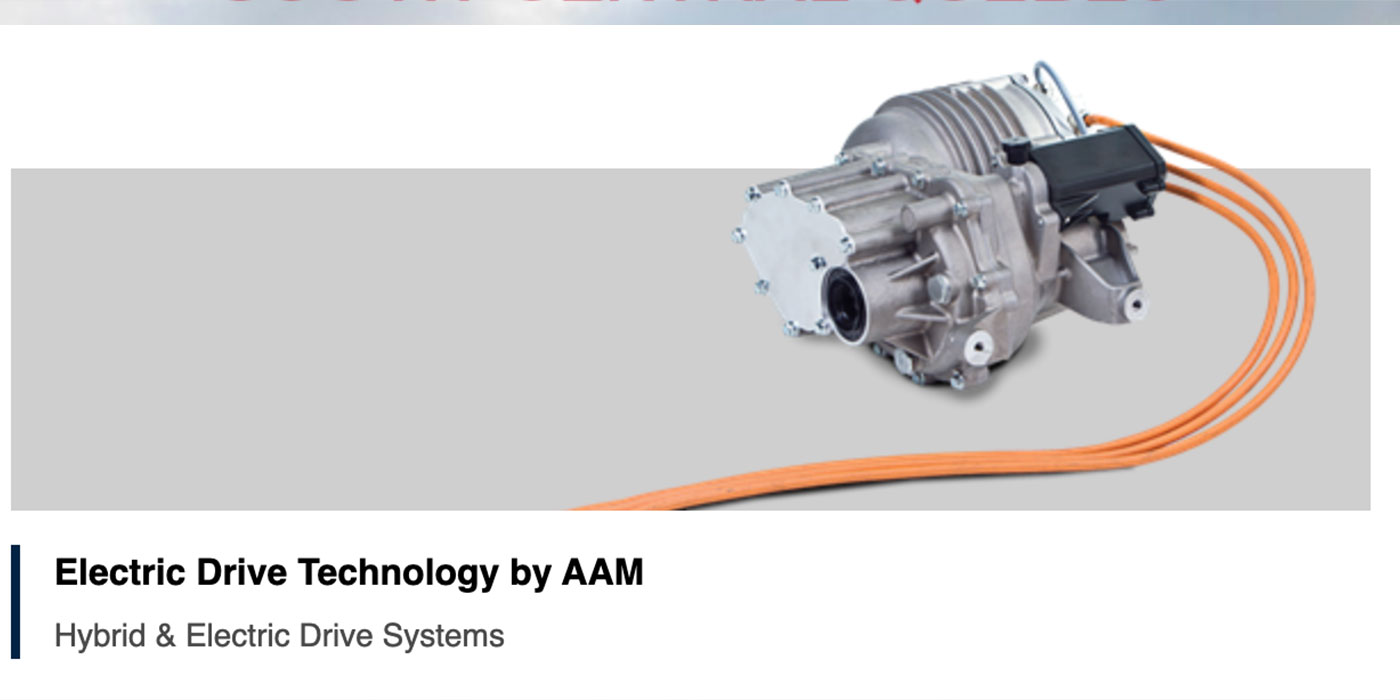Recently, ACT, an international organization involved in educational and workplace skills assessment, issued a new report that should leave some employers very concerned about the future. Not only are a majority of recent high school graduates unprepared for the jobs that will be the most prevalent, but they lack the desire to go into those particular occupations as well.
Drawing from their own research and readiness benchmarks, correlated with data from United States Department of Labor occupational projections, ACT projects likely shortfalls in high-growth career fields, as well as inadequate preparation to succeed in the required college coursework. (Occupational projections were based on job growth and job replacement forecasts for the decade ending 2016 to 2018.)
Titled "The Condition of College & Career Readiness 2010," ACT’s report reveals some frightening, but not surprising statistics. For years, we have been reporting the fact that most schools, under-resourced as they are, are simply not preparing their students for work or college. From this ACT report, we have statistically valid evidence.
Analysis of the five highest growth career fields (Education, Computer/Information Specialties, Management, Community Services, Marketing/Sales), which account for 53 percent of all projected jobs, reveals gaps between projected job openings and student career interests. To be more specific, these are the career fields requiring at least a two-year college degree. The disparities ranged between two and nine percent, with the least difference in Management and the greatest being in Information Technology.
A greater cause for alarm is the analysis of college-readiness. While the majority (60 to 67 percent) of young people surveyed met ACT’s recommended college-readiness benchmarks for English, their scores in reading, mathematics and science were dismal. Their levels of knowledge to be ready for college-entry coursework in these three fundamental areas ranges from 22 to 37 percent in science, 35 to 48 percent in mathematics and 44 to 53 percent in reading — and most of the reading scores were below 50 percent.
With these levels of preparation, the U.S is in a very poor position to be a serious competitor on the global stage, especially with the likes of India and Brazil. Wise employers will begin now to mentor the best and the brightest high school students, offering summer internships and vacation employment to endear them to emerging top talent. Presuming no substantive change, we can expect multinationals to step in to supply the brainpower off-shore.













